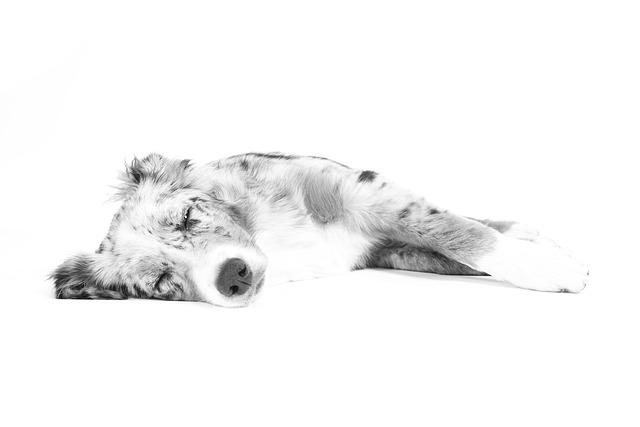The origins of durags can be traced back to the 19th century during the days of slavery. One theory is that slaves with light complexions were forced to wear durags so that they would not be mistaken for being White while out in public. A more common theory is that durags were worn by slaves to control their hair throughout the day. While the first stories of durags were racially charged, they have been widely popularized into fashion accessories by all cultures. Durags became mainstream during the Harlem Renaissance by African Americans as a way to preserve hairstyles after the hair was chemically straightened. Also used as a means to cover hair while in between hairstyles, durags were viewed as a necessity long before being viewed as fashion.
Durags are commonly made from polyester to protect hair from getting tangled or unruly. Available in a wide variety of colors, durags either have elastic sewn all around the edges for a snug fit or have two long ends that are hand tied in the back. The shift from necessity to optional fashion occurred during the 1960s Black Power Movement when durags became a political statement of identity and unity.
Within the 1990s, durags emerged as a fashion staple for the urban youth along with baggy pants and bold colors. Durags are marketed towards men, but women also use them to maintain their hairstyles at home and while sleeping. The most popular hairstyle that durags are used to protect is the finger wave. The finger wave is a method of creating waves in short hair using ones fingers, hence the name. The finger wave hairstyle is seen as an art form by hair enthusiasts and requires a durag to maintain the difficult style during activities such as sleeping and playing sports.
People from all different backgrounds can wear a durag as they are available in almost any store that has a Black hair care section and are very affordable. They are also extremely easy to put on and take off. Keep in mind that the fabric is fragile, so hand washing with a mild detergent is all that’s needed to prolong the life of a durag.
There are many ways to wear a silk durag aside from the standard way. They can be worn with the tails tied to the side as opposed to the back. Some people leave the tails completely untied for a loose fit and casual look. Any type of hat can be placed over the durag so that only a small piece of fabric shows. For the adventurous type, silk and velvet durags adorned with jewels and beads can be purchased online. Durags can leave a line across the forehead if worn too tightly so this is something to consider when choosing a method.
Variations of the spelling include durag, do-rag, and durag. The unique evolution of the durag is worthy of being revisited so we can appreciate its roots and look forward to its future.






